Categories of motor vehicles
Category B driving licence
A car driving licence
Category B includes passenger cars, smaller vans, and buses.
Category B training - start it now!
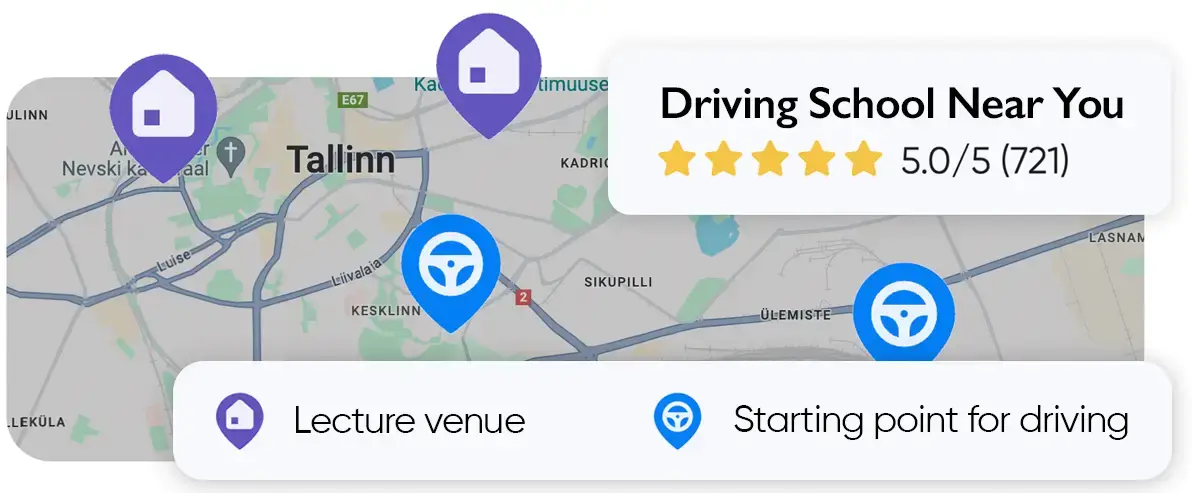
Content
- General Information: category B
- Which is better – manual or automatic transmission?
- Night-time driving course
- Slippery driving course
- First aid course
- State exams for a category B driver
- Final stage training
- Which types of vehicles are you allowed to drive? (moped, trike, tractor, ATV, etc.)
- Other useful information for category B students
General Information: category B
-
up to 9Number of seats
-
allowedTowing a trailer
-
up to 3.5 tMaximum mass
-
16Minimum age
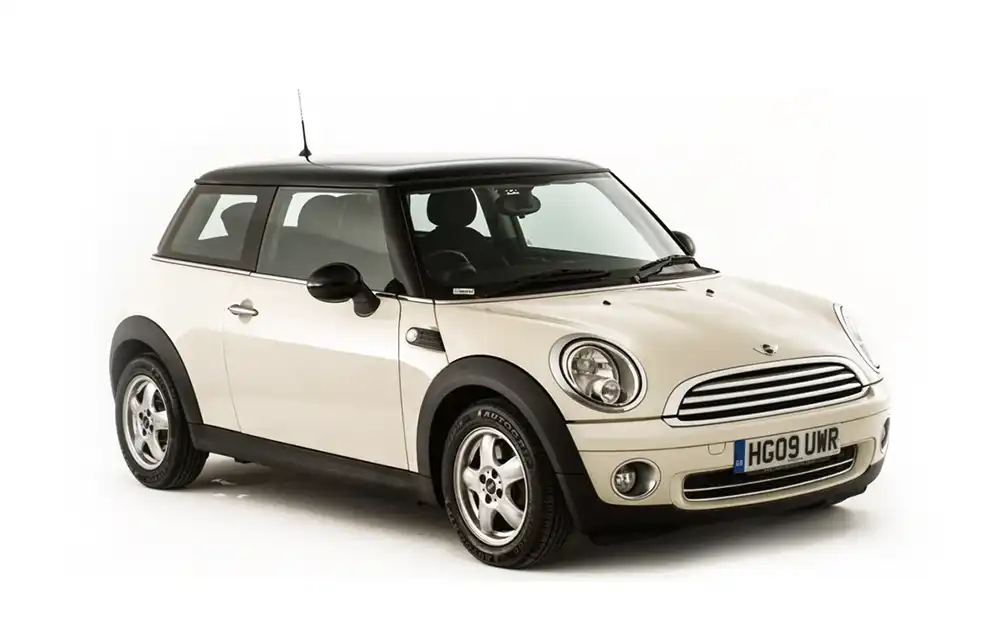
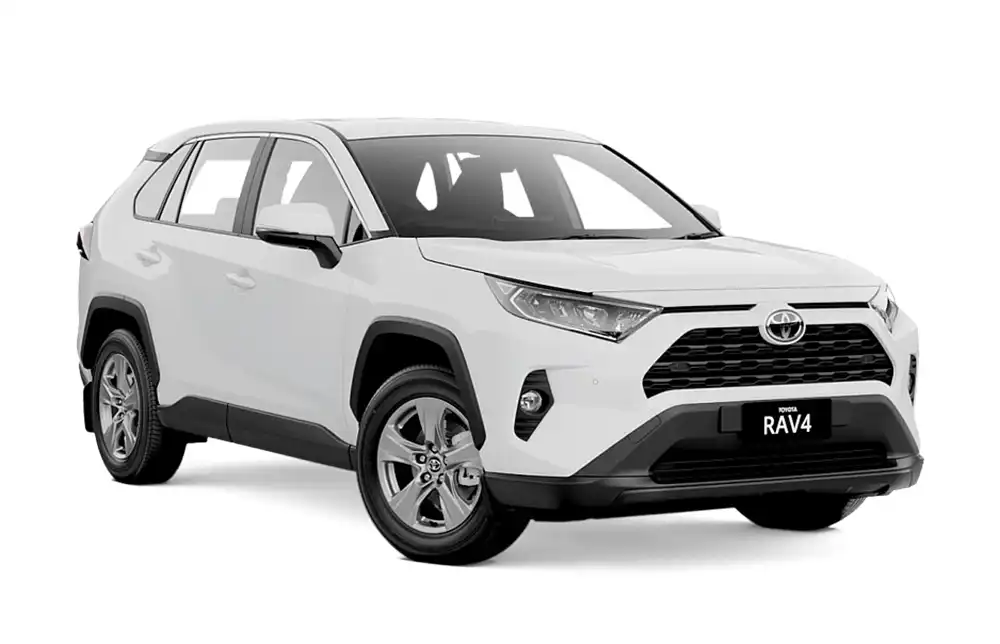
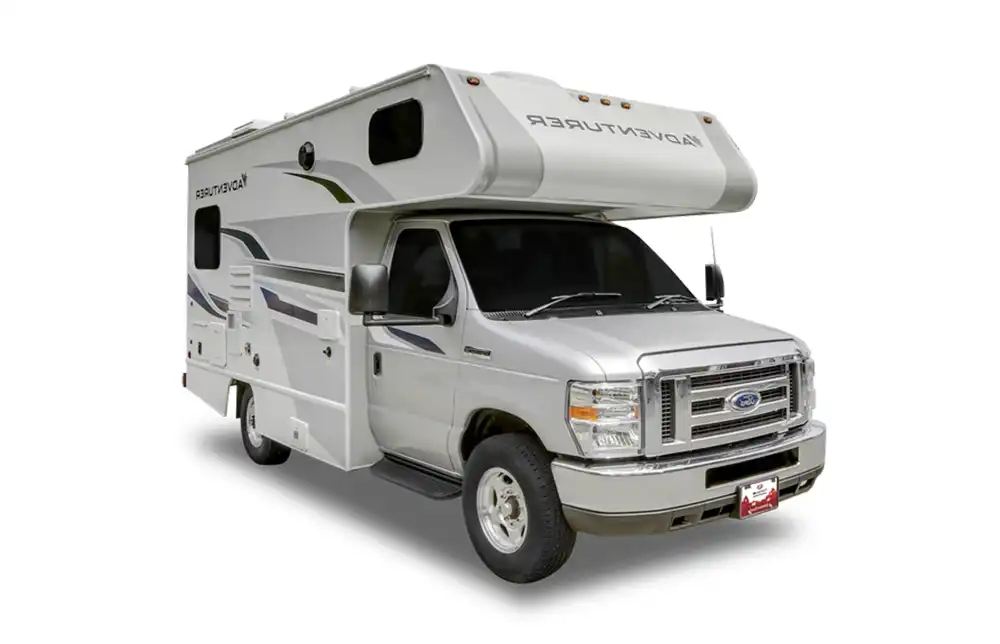
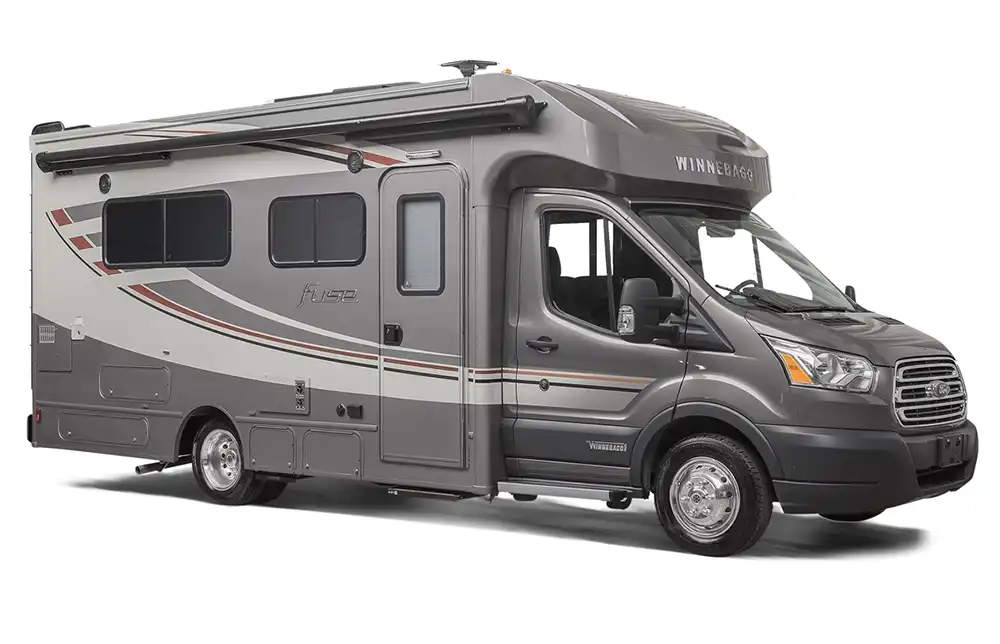
Training for category B consists of two parts. First, you must complete a basic driving course at a driving school (initial stage training), and two years after receiving your driving licence, a short additional course (final stage training). For more information on the initial and final stages of training, please click here.
Category B initial training
-
noneRequirements for starting the course
-
from 15.5 yearsAge for starting the course
-
28 theory lessons and 30 driving lessonsWorkload
-
15 years and 6 monthsMinimum age for a state theory exam
-
15 years and 9 monthsMinimum age for a state driving exam
Category B initial training (basic course) consists of at least 28 theory and 30 driving lessons. The duration of the course is at least four weeks, or in other words, you cannot complete a driving course faster than that. In reality, obtaining a driving licence takes at least several months, considering the time that it takes to complete a driving course and waiting for your tests.
You will learn about traffic rules, the basics of road safety, traffic psychology, technical aspects of a vehicle, about motor vehicle insurance, etc. Theory and driving lessons take place simultaneously. You can take a look at the curriculum here.
The training includes two special courses – a course on driving in the dark and a road safety course (i.e. driving under slippery conditions for the initial stage). These are obligatory.
In addition to the aforementioned courses, you must also complete a first aid course lasting 16 academic hours. The course has a theoretical and a practical part – you can practice first aid on special dummies.
Which is better – manual or automatic transmission?
Category B driving licences have differences
Category B cars have manual or automatic transmission. A car with a manual transmission has three pedals (a clutch, a brake, and an accelerator) and the driver shifts gears. A car with an automatic transmission has two pedals (a brake and an accelerator). The gearbox shifts gears independently and the driver must pick a driving mode (e.g. forward or reverse). This simplifies driving and learning to drive in a car with an automatic transmission is easier.
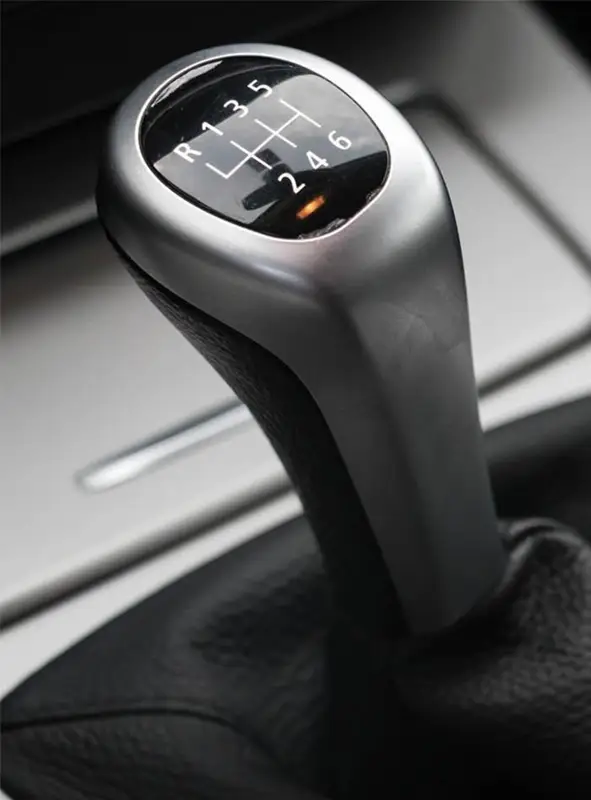
Manual transmission:
- 3 pedals (a clutch, a brake, and an accelerator)
- the driver shifts gears
- driving is more complicated
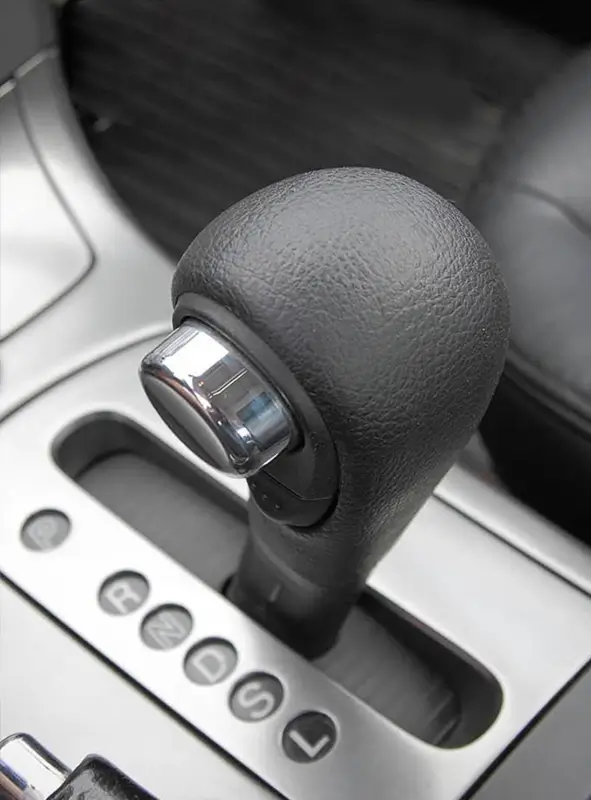
Automatic transmission:
- 2 pedals (a brake and an accelerator)
- the gearbox shifts gears independently
- simplified driving
The number of driving lessons does not depend on the type of transmission, or in other words, it is a minimum of 30 lessons in any case. Driving schools usually have cars with both manual and automatic transmissions – you can try both versions and then decide which one you would like to drive.
If you are going to take the state driving exam with a car that has an automatic transmission, then in the future, you can only drive cars with an automatic gearbox. If you take the test with a car with a manual transmission, then your driving licence gives you the right to drive cars with both manual and automatic transmissions.
A driving licence for driving only cars with an automatic transmission can be recognised by Code 78 added to it.
Which gearbox to choose? Only you can decide that. On the one hand, learning to drive with automatic transmission is easier and some models are currently only available with an automatic gearbox (such as hybrids or premium class cars). On the other hand, cars with a manual transmission are usually cheaper and therefore more available. This also concerns rental cars (which is always very important when holidaying somewhere warm) and ride sharing (such as Bolt Drive or CityBee).
You can change your preference during the course and change the car that you use for driving lessons (presuming, naturally, that your driving school has a suitable car available). The important thing here is the type of a car that you will use for taking the driving test of the Transport Administration. This determines whether your driving licence will be issued with a restriction on gearboxes or not.
If you hold a driving licence with Code 78, i.e. you can only drive cars with an automatic transmission, you can exchange it for a normal driving licence after taking an additional driving course at a driving school, consisting of at least two driving lessons, and passing a driving test of the Transport Administration.
Night-time driving course
Category B training includes a night-time driving course
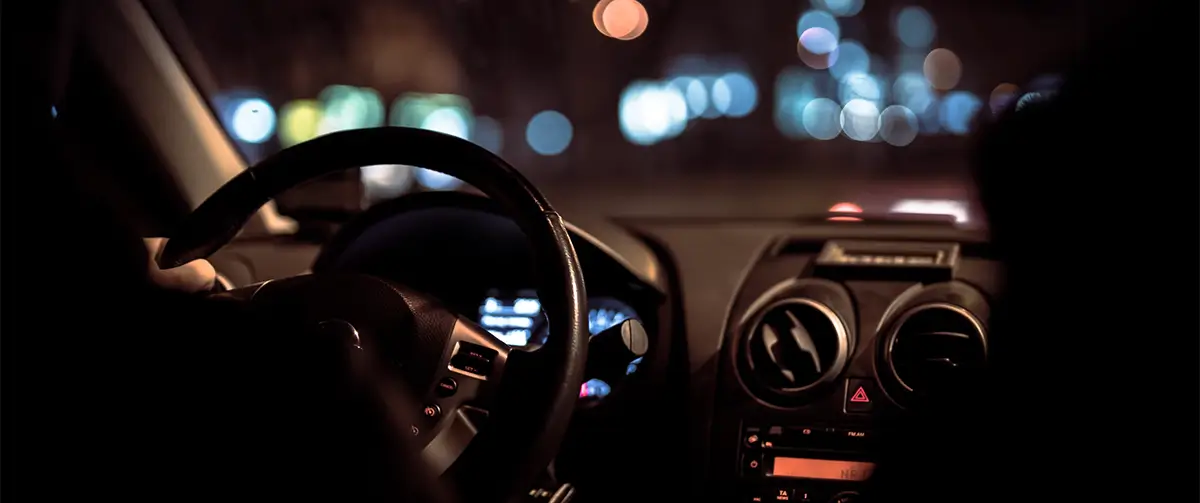
The purpose of a night-time driving course is to learn to avoid risks when driving a vehicle at night-time. The course is short and consists of one theory and one driving lesson. The driving lesson of the course can be completed in a special simulator. You will learn to avoid risks at night time and use the lamps of a car correctly.
Why is this course necessary? Estonia is geographically located in such a place where there is a lot of driving in the dark - from late autumn to early spring. You will inevitably drive in the dark when the visibility is considerably impaired and driving more dangerous. This training was introduced to the curriculum because about 40% of fatal traffic accidents take place at night, making it one of the most urgent road safety issues in Estonia.
To answer a frequently asked question: ‘My driving lessons usually take place in the dark. Should I still complete a night-time driving course?’
Yes, you must do this anyway. It is a special course meant for driving a car at night and mostly on rural roads without street lights. Regular driving lessons will not replace this.
Slippery driving course
Category B training includes a slippery driving course
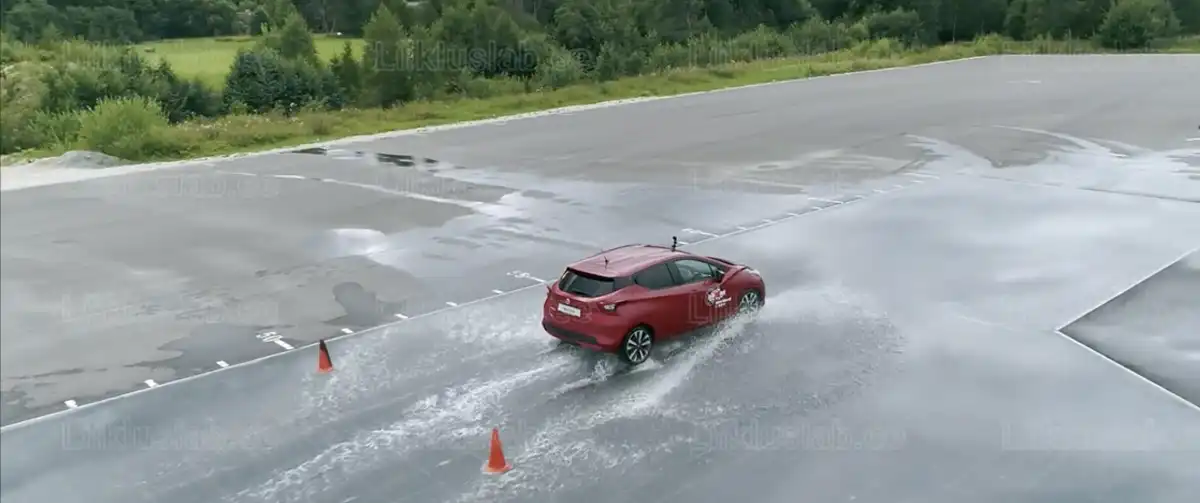
On a slippery driving course, you will learn to avoid risks related to slippery roads. We believe that its importance is self-evident in our climate. 😊
The slippery driving course (also known as ‘Slippery driving for category B initial stage’, for example) consists of two theory lessons and one driving lesson. The driving lesson takes place on a special training track with artificial ice. You will learn the basics of driving a car on a slippery road and to pick a safe speed and distance from the car in front of you. This will help you cope independently under slippery road conditions because you can personally see and feel the complexity of controlling a vehicle. The slippery driving course for category B initial stage is an introduction for the final stage where you have to complete more complex exercises. To answer a frequently asked question: ‘I am learning to drive in the winter when the roads are slippery. Do I still have to complete a slippery driving course?’ Yes, you must do this anyway. You cannot complete the exercises possible on a training track in normal traffic and acquire the necessary skills.First aid course
Category B training includes a first aid course
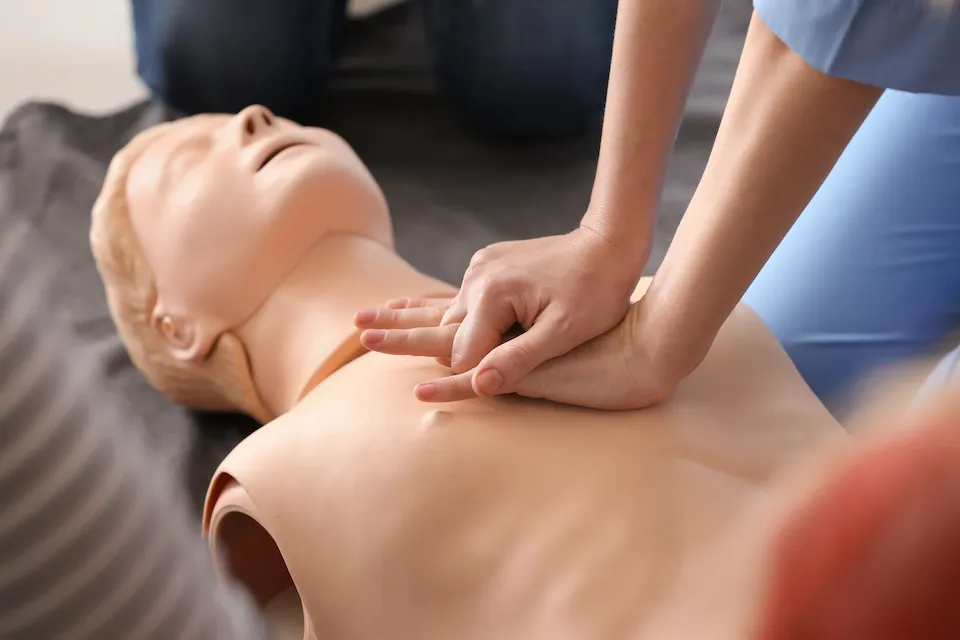
Every driver should be able to provide first aid. Therefore, in the driving school, all students take a first aid course with a total of 16 academic hours. The training involves not only theory, but also practice — you can practice in providing first aid on special mannequins.
First aid training also includes learning resuscitation techniques and how to help people who have lost consciousness. During the training you will learn what to do in the event of an accident, how to call for help, how to stop bleeding, how to help a person in shock, and much more. You will also be introduced to important first aid equipment.
State exams for a category B driver
The theory test consists of 40 questions, ten of which are about road safety. You can make up to five mistakes; however, only one mistake is allowed in the case of questions on road safety. You will have 30 minutes to complete the test.
The driving test is conducted on normal streets and roads and lasts 45–50 minutes. During this time, you must complete three exercises:
- reversing on a small area;
- parking with a manoeuvre;
- parallel parking or reversing.
You will be given a total of 10 minutes to complete the three exercises. The exercises are described in greater detail here.
You can read about the state exams and assessment here.
After passing the tests, you will be issued a provisional driving licence for category B vehicles, valid for two years.
Final stage training
Your studies do not end up with receiving the provisional driving licence. Then begins the final stage of the initial training when you practise driving independently on the road. The final stage of the initial training lasts 23 months. During this period you will have to drive with a novice driver’s badge (the so-called ‘maple leaf’) and you will have to comply with a 90 km/h speed limit, meaning that you can drive at maximum 90km/h even on roads with higher speed limits.
You must complete the final stage training during the final stage of the initial training.
Which types of vehicles are you allowed to drive?
You might be amazed at the number of different types of vehicles you can drive with a category B driving licence. See for yourself:

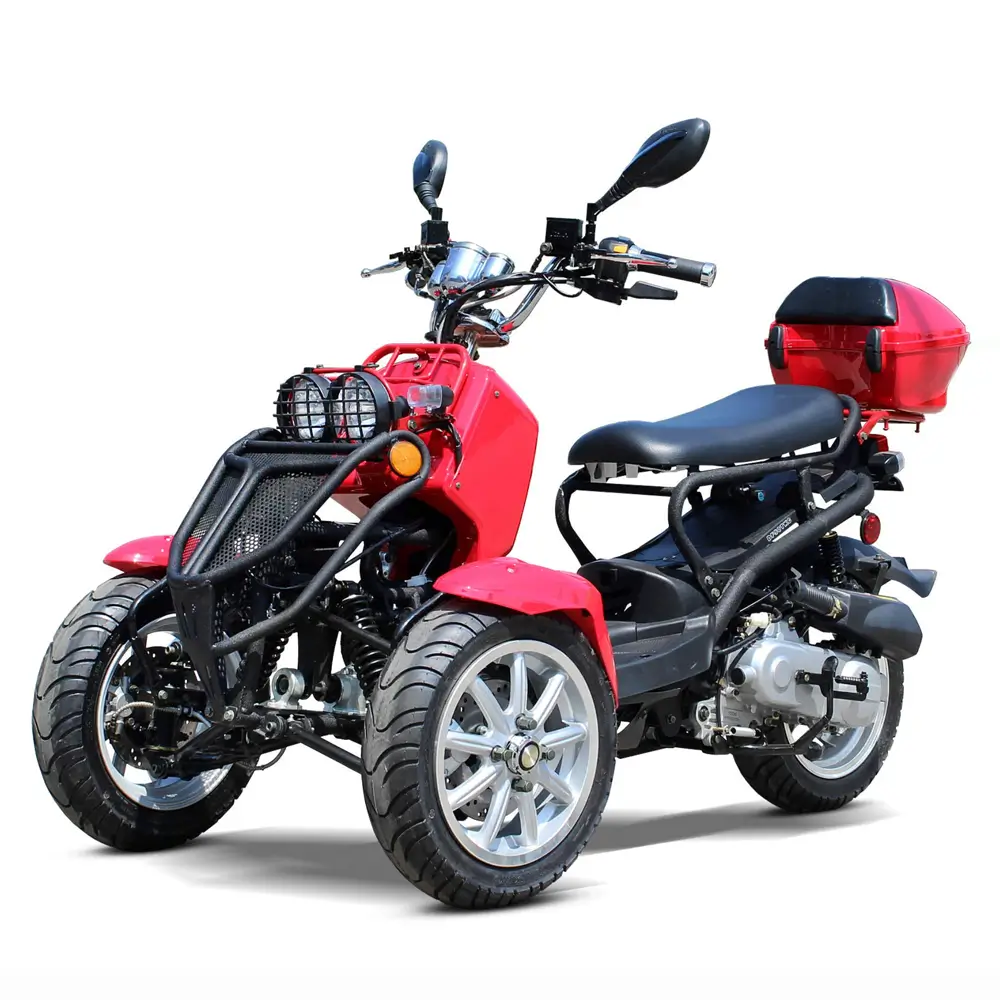

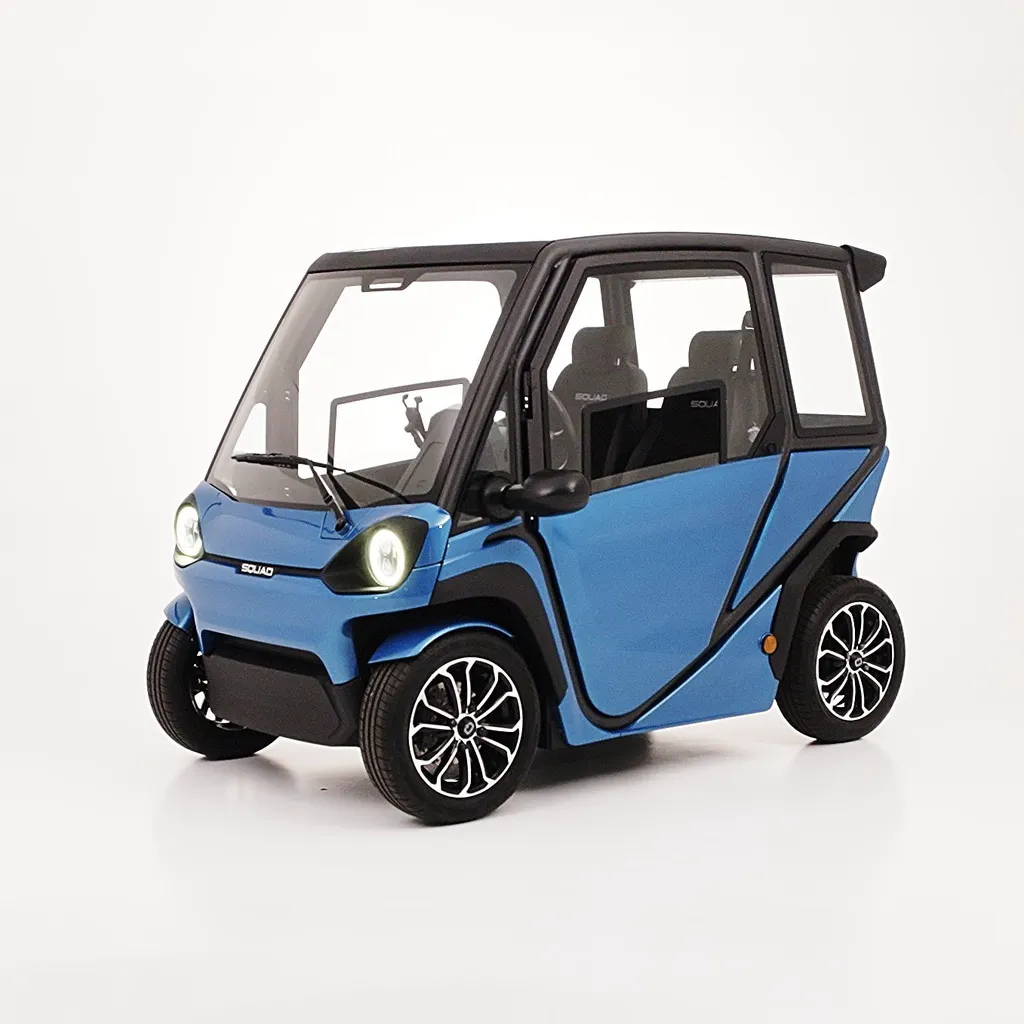
- mopeds (Category AM);
- trikes or three-wheel motorcycles with symmetrical wheels*;
- tractors (category T) with a maximum mass of 8 tonnes**;
- mini cars (subcategory B1);
- ATV-s, whose registration certificate indicates the L7e category
*If the motor power of the trike is over 15 kW, you must be at least 21 years old.
**If the category B driving tests were passed before 1 July 2011, you can drive a tractor with a maximum mass of 18 tonnes.
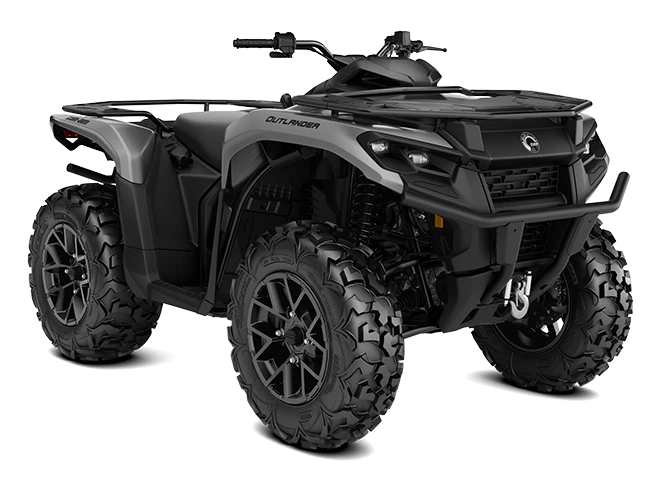
The use of an ATV, or all-terrain vehicle, on public roads is only permitted if they are registered in the traffic registry as an L7e category vehicle (this is reflected in the registration certificate). For operating such an ATV, a B-category driver's licence is sufficient. The driver and passenger must wear securely fastened motorcycle helmets.
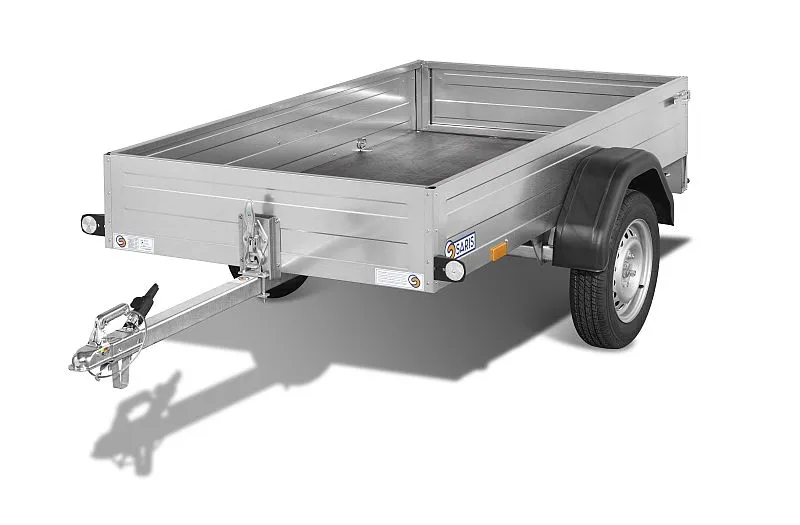
In addition, you as a holder of a category B driving licence can drive a car with a trailer if the total maximum mass of the car and the trailer does not exceed 3,500 kg. For example, if the maximum mass of your passenger car is 2,000 kg, you may couple it with a trailer of up to 1,500 kg. This only applies if your car can tow a trailer that heavy (this information can be found on the registration certificate of your car).
Other useful information for category B students
You can complete a theory course for a driver of a passenger car in a regular classroom or online. The latter option has become popular nowadays, as you can study at your own pace, at a time and place that suits you. In this case you must also take six contact-learning lessons which the driving school organises either in the classroom or via a video bridge (e.g. Zoom). At Liikluslab, you can complete a theory course for category B drivers online.
You can also prepare for a theory test – check and improve the level of your knowledge. The study environment will indicate the likelihood of passing the test (if interested, read more about the AI algorithms here).
To start your training, you must first select a suitable driving school. You can read about the aspects to consider when choosing a driving school and where to find a list of driving schools along with the feedback of trainees here.
Before starting a driving course, you should obtain a health certificate; if you already have one, check its validity. This process is described in greater detail here.
If you fail the driving test of the Transport Administration three times, you are referred back to a driving school for continued training. You can read more about it here.
Next article
BE, B96 – a passenger car with a trailer >>